Chemistry and Chemists № 2 2025
Journal of Chemists-Enthusiasts
| Content | Chemistry experiments - video | Physics experiments - video | Home Page - Chemistry and Chemists |
|
Chemistry and Chemists № 2 2025 Journal of Chemists-Enthusiasts |
What Was Used to Falsify Acetone? - pt.3 Chemist |
|
Having noticed a mistake in the text, allocate it and press Ctrl-Enter
Ethyl Acetate and Saturated Potassium Hydroxide Solution: Unusual Effect of Concentration on Rate of Chemical Reaction - Part 3
The formal objective of our experiments was to distinguish acetone adulterated with petroleum products from acetone adulterated with methyl acetate. This objective was successfully achieved. However, the primary aim of this article is not merely to describe the experiment and analyze its results. More importantly, it seeks to illustrate the thought process and practical approach chemists take when solving real-world problems, particularly under resource constraints. In laboratory work, understanding the philosophy and reasoning of chemists is just as crucial as knowledge of theoretical chemistry.
Этилацетат и насыщенный раствор гидроксида калия: аномальное влияние концентрации на скорость химической реакции - часть 3 In the previous part of this article, we described the hydrolysis of ethyl acetate with a dilute sodium hydroxide solution. This procedure served as a necessary control experiment and marked the conclusion of our study of falsified acetone. Later, I decided to conduct additional experiments with ethyl acetate. Although unrelated to falsified acetone, these experiments extend the study of ethyl acetate hydrolysis described in the previous part. For the previous experiment, I used a dilute sodium hydroxide solution. During the reaction, the solution heated up, and gas bubbles formed - likely due to localized boiling of ethyl acetate. If a dilute alkali solution could generate such heating and boiling, a saturated solution should intensify this effect. I recalled a plastic bottle containing potassium hydroxide. The stopper was loose, allowing the substance to absorb moisture from the air. As a result, part of the potassium hydroxide formed a solution, while the remaining solid appeared unchanged. With some effort, I transferred this substance to a beaker and prepared an almost saturated potassium hydroxide solution (50 ml). I then poured 30 ml of ethyl acetate into a flask, added the potassium hydroxide solution, sealed the flask tightly, and shook it. An emulsion formed, but upon stopping shaking, it quickly separated into two liquid layers. This instability can be explained simply: the two liquids had significantly different densities. In the previous experiment, the sodium hydroxide solution was more dilute, resulting in a more stable emulsion because the density difference between the two liquids was smaller. However, the most unexpected result was yet to come. Despite repeated shaking, the ethyl acetate layer remained unchanged after phase separation. The flask remained cold throughout the process, indicating no signs of ethyl acetate hydrolysis. To accelerate the chemical reaction, I heated the flask in a water bath until bubbles began forming in the ethyl acetate layer. I then removed the flask from the bath and shook it again. The flask cooled down, yet still, no reaction was observed. I continued to shake the flask periodically over several hours, but the ethyl acetate layer did not decrease, and the flask remained cold. A colleague suggested leaving the flask overnight, predicting that complete hydrolysis would occur within that time. However, after 24 hours, the ethyl acetate layer had not visibly diminished. In my view, there were two possible explanations for this unexpected result. First, the potassium hydroxide might have absorbed carbon dioxide from the air during storage in a non-airtight container, leading to its complete conversion into potassium carbonate. While unlikely, this possibility could not be entirely ruled out. Second, the rate of ethyl acetate hydrolysis in a saturated alkali solution might be significantly lower than in a dilute alkali solution. In other words, increasing the concentration of sodium or potassium hydroxide did not accelerate the reaction but instead drastically slowed it down. Two factors could explain this phenomenon: 1. A saturated potassium hydroxide solution has a much higher density than a dilute sodium hydroxide solution. As a result, the emulsion quickly breaks down, drastically reducing the contact surface between the two phases. Since the hydrolysis is a heterogeneous reaction, a smaller contact area leads to a significantly lower reaction rate. 2. Ethanol is completely miscible with water in all proportions. However, when potassium carbonate (potash) is added to an ethanol-water solution, phase separation occurs: the ethanol forms the upper layer, while the potassium carbonate solution remains below. This suggests that potassium carbonate decreases ethanol's solubility in water. On the other hand, ethyl acetate is only slightly soluble in water (8.3 g/100 ml at 20°C), but even this limited solubility promotes its hydrolysis. The reaction itself likely occurs in the aqueous phase as a homogeneous process. However, since ethyl acetate and water initially exist as separate phases, the overall process is heterogeneous: first, ethyl acetate must dissolve in water (the heterogeneous stage), and only then does hydrolysis occur in the solution (the homogeneous stage). By analogy with ethanol and potassium carbonate, it is likely that a high concentration of potassium hydroxide significantly reduces ethyl acetate's solubility in water. As a result, the transfer of ethyl acetate from the organic phase to the aqueous phase is hindered, leading to a sharp decrease in the hydrolysis rate. To test this hypothesis, I needed to lower the concentration of potassium hydroxide by adding water. I transferred the flask's contents (the ethyl acetate and potassium hydroxide solution) to a larger flask and added 100 ml of water. After sealing the flask, I shook it. This time, the resulting emulsion was noticeably more stable than before, because the diluted potassium hydroxide solution had a lower density. After stopping shaking, the emulsion separated into two layers. I repeated this process several times. As the emulsion separated, I noticed the release of gas bubbles, similar to what I observed in the previous experiment with dilute sodium hydroxide. The flask became warm. With each subsequent shaking and phase separation, the volume of the ethyl acetate layer gradually decreased. After approximately twenty minutes, the upper layer had completely disappeared. For a few more minutes, ethyl acetate remained in the flask as an emulsion. After shaking, a thin film of liquid flowed down the inner walls of the flask. It was evident that this film was not a homogeneous solution but rather a heterogeneous emulsion. However, soon the remaining ethyl acetate droplets reacted, and the emulsion transitioned into a solution. The liquid remained cloudy, so I left it overnight. By morning, a small amount of white precipitate had formed. Thus, when treated with a dilute potassium hydroxide solution, ethyl acetate hydrolyzed rapidly. In contrast, when a saturated potassium hydroxide solution was used, no signs of hydrolysis were observed. Increasing the concentration of the alkali led to a sharp decrease in the reaction rate. Similar phenomena are well-documented in chemistry. For example, iron dissolves in dilute nitric acid but not in concentrated nitric acid, as the concentrated acid passivates its surface. On the other hand, aluminum does not react with nitric acid of any concentration due to the thin protective film of aluminum oxide on its surface. In contrast, metallic copper dissolves in both concentrated and dilute nitric acid. Another example is the reaction of metallic sodium with water, which is highly exothermic and often leads to ignition or explosion. However, sodium reacts with concentrated hydrochloric acid much more calmly, producing only occasional sparks. This occurs despite the fact that the concentration of hydrogen ions in hydrochloric acid is significantly higher than in water. The reason lies in the reaction product - sodium chloride - which is poorly soluble in concentrated hydrochloric acid. As it forms a crust on the metal's surface, it inhibits further reaction. Interestingly, potassium reacts with concentrated hydrochloric acid much more violently than sodium, often resulting in an explosion, despite potassium chloride also being poorly soluble in the acid. |

Ethyl Acetate and Saturated Potassium Hydroxide Solution: Unusual Effect of Concentration on Rate of Chemical Reaction |

|

|

|
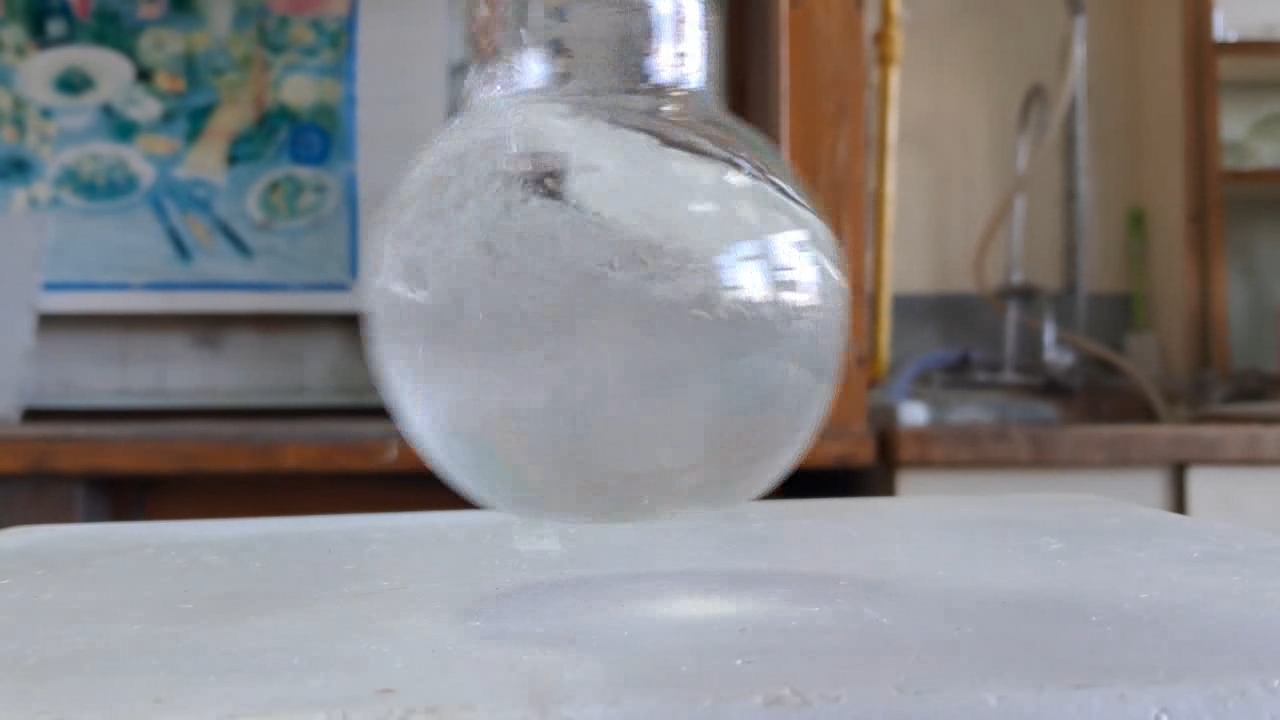
|

|
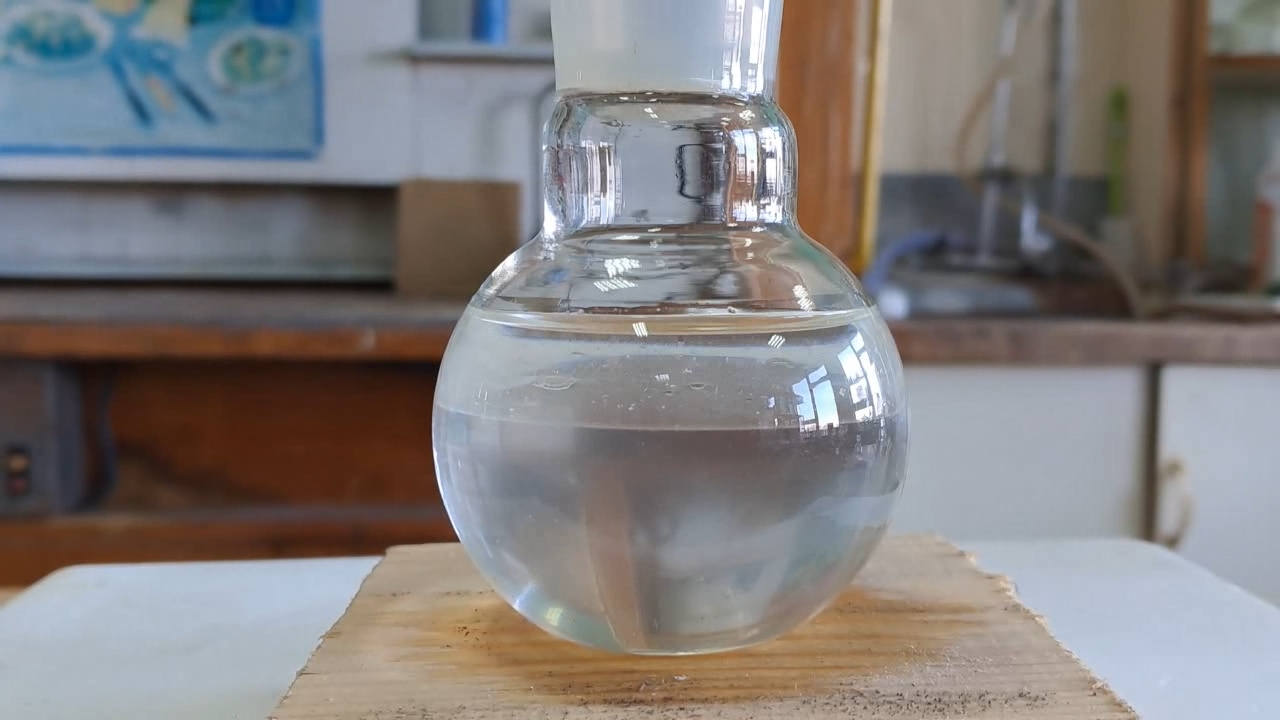
|
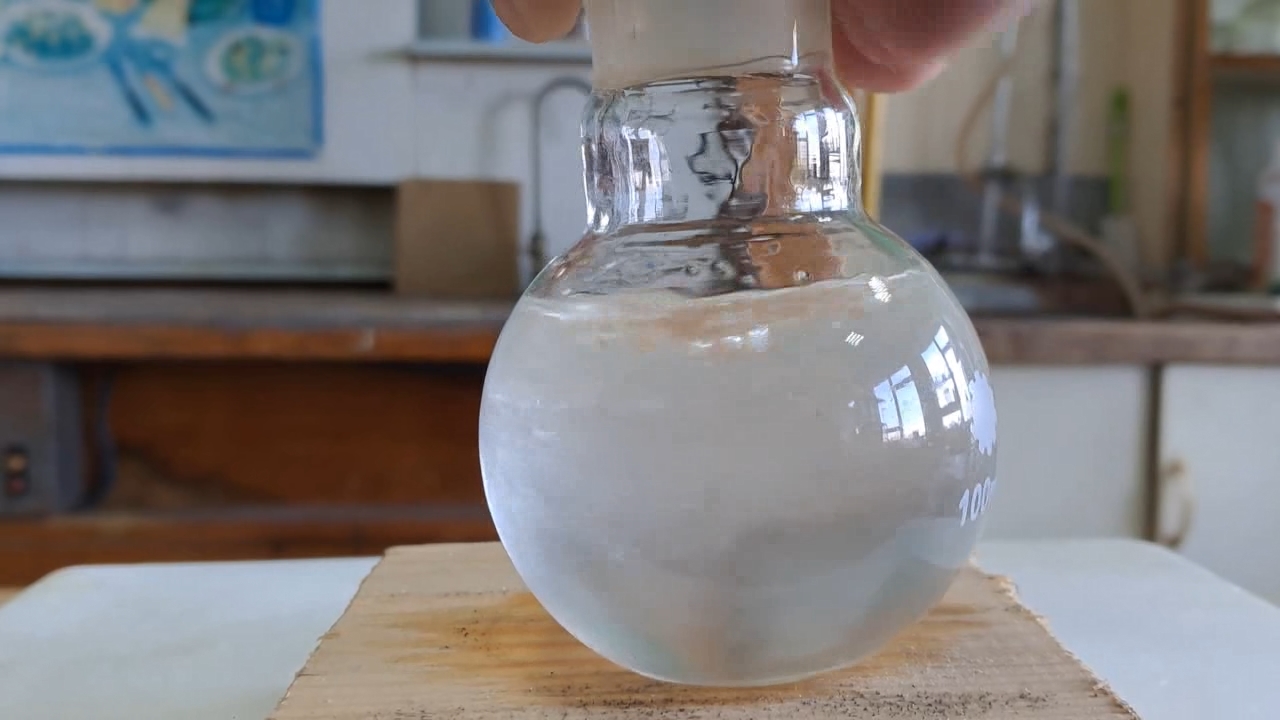
|

|
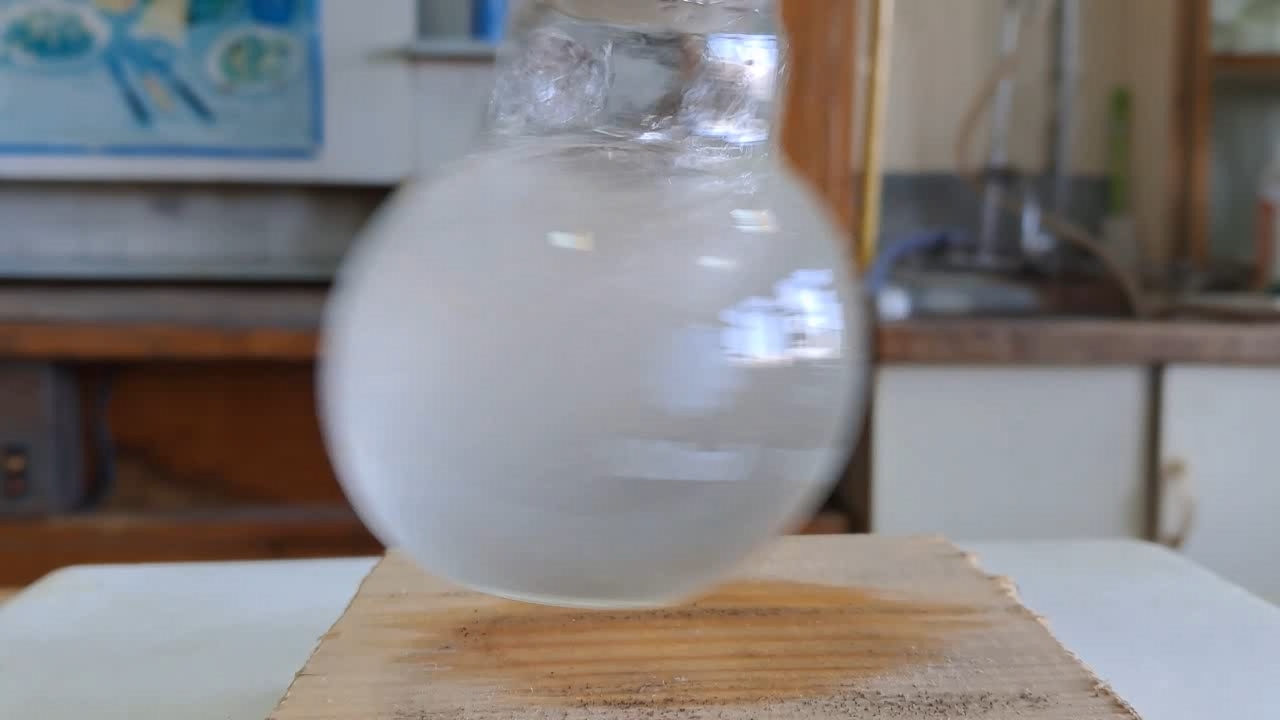
|
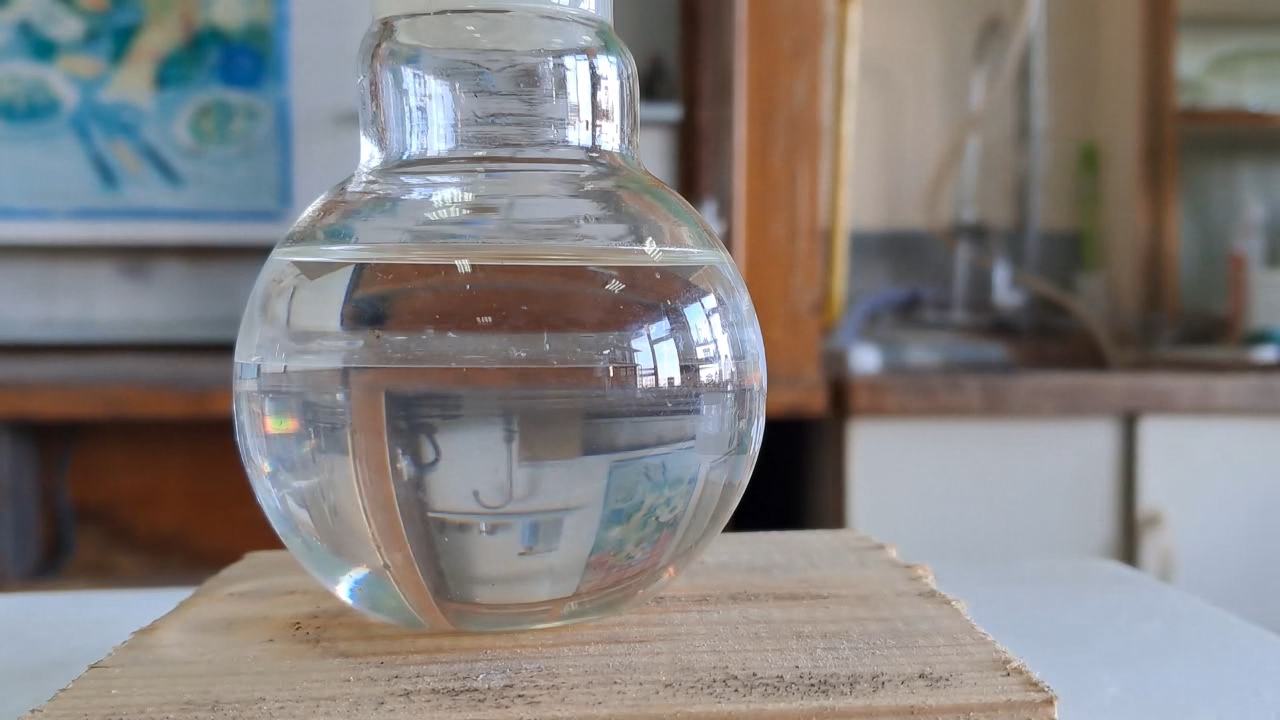
|
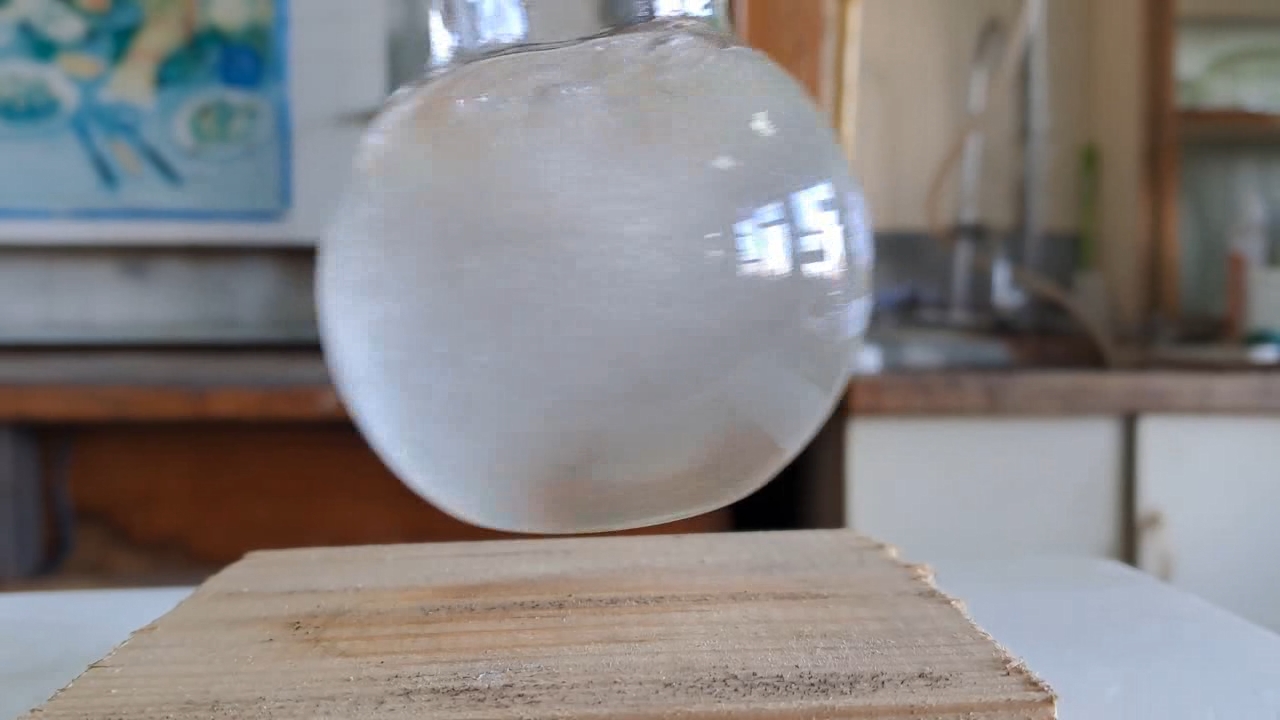
|
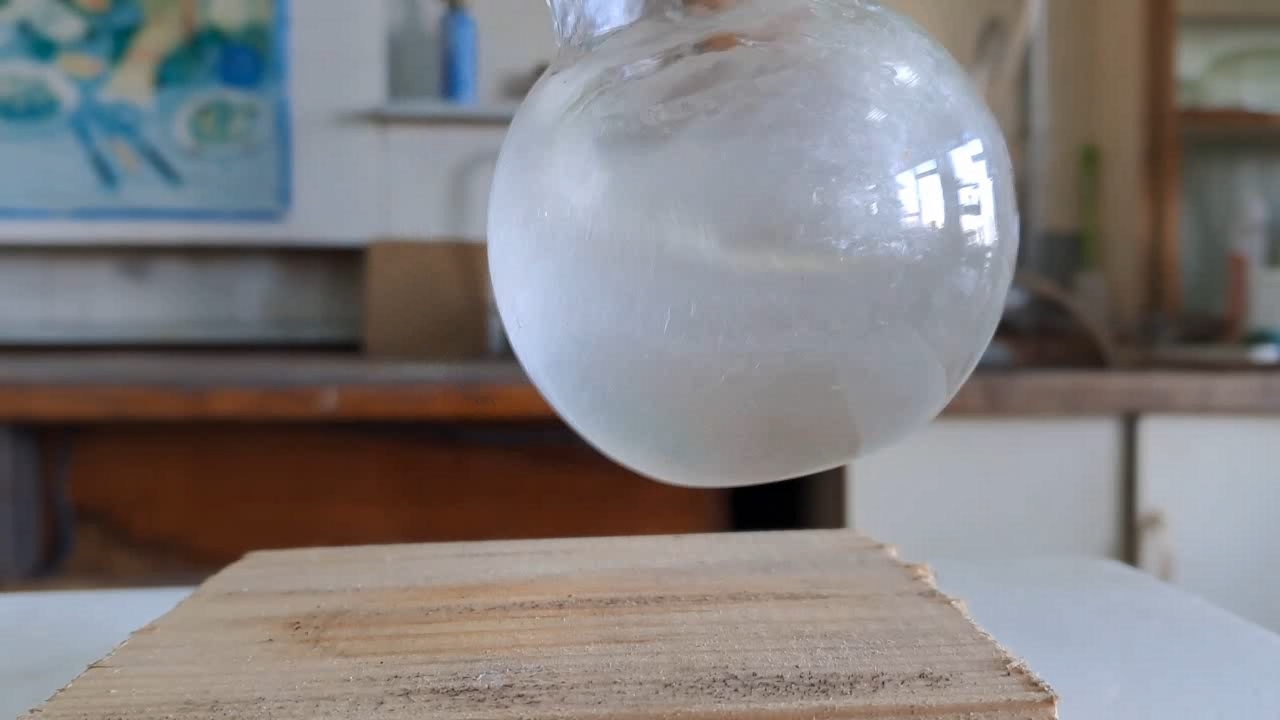
|
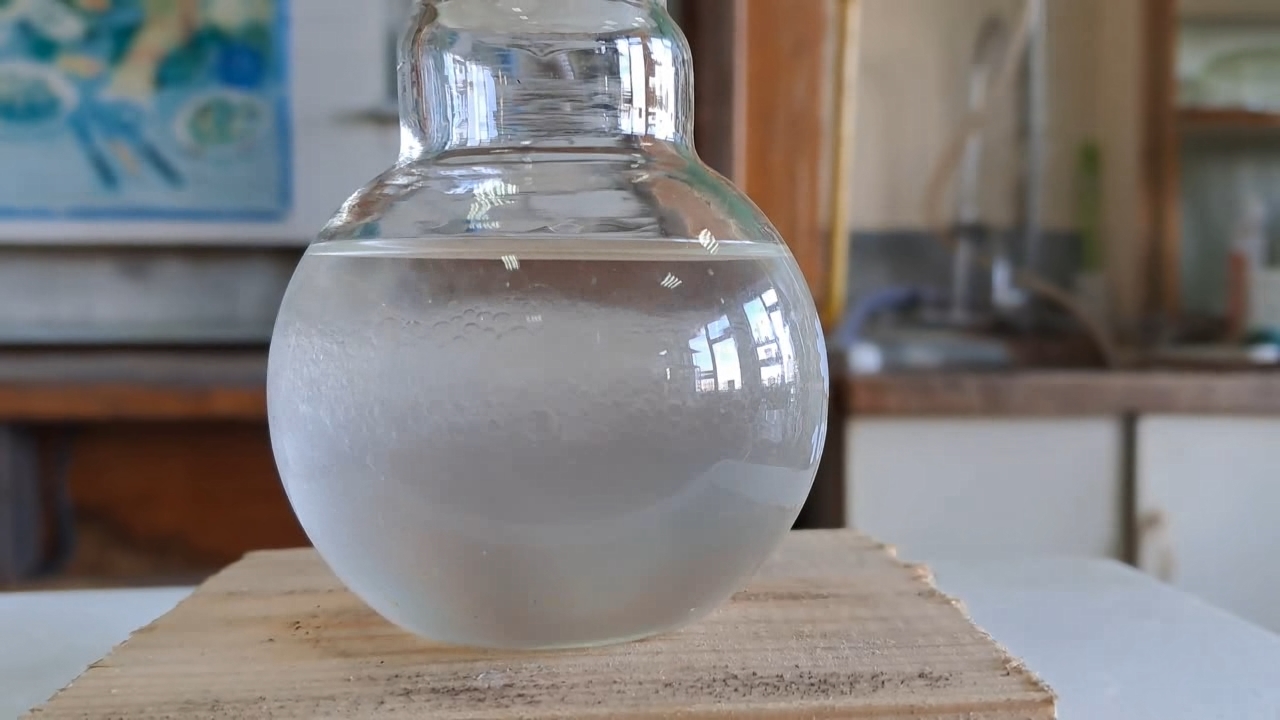
|
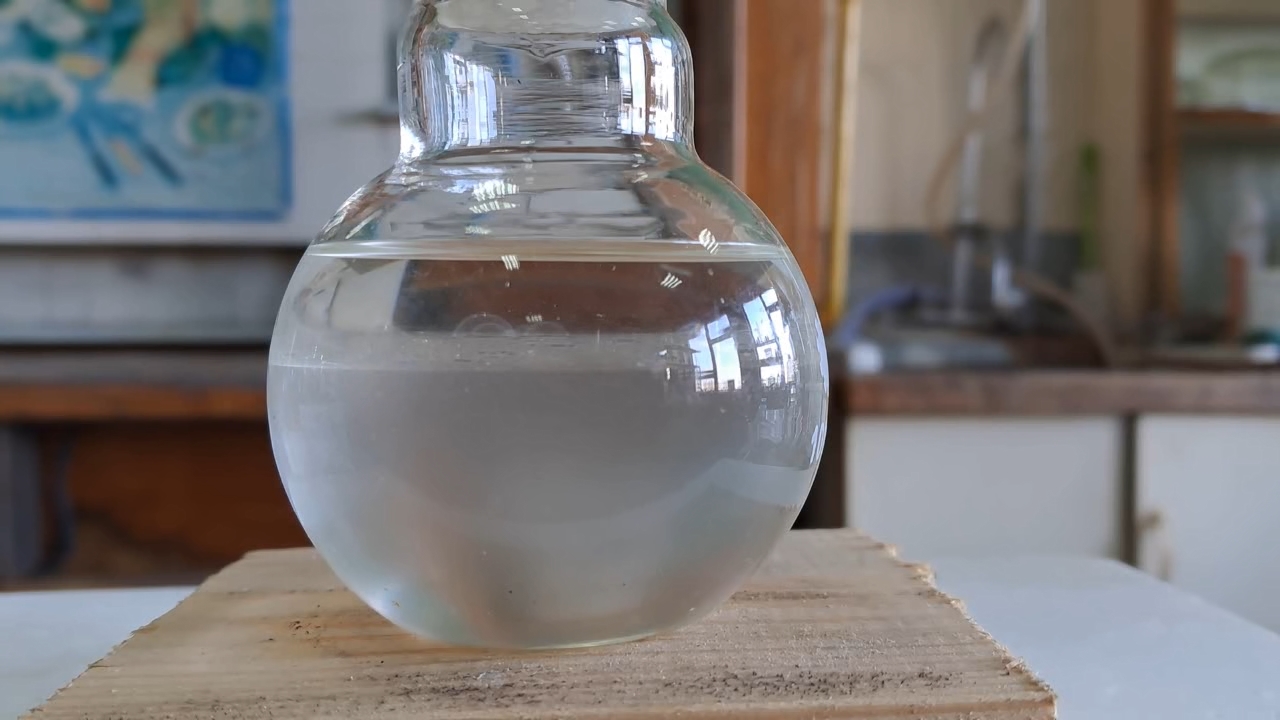
|

|
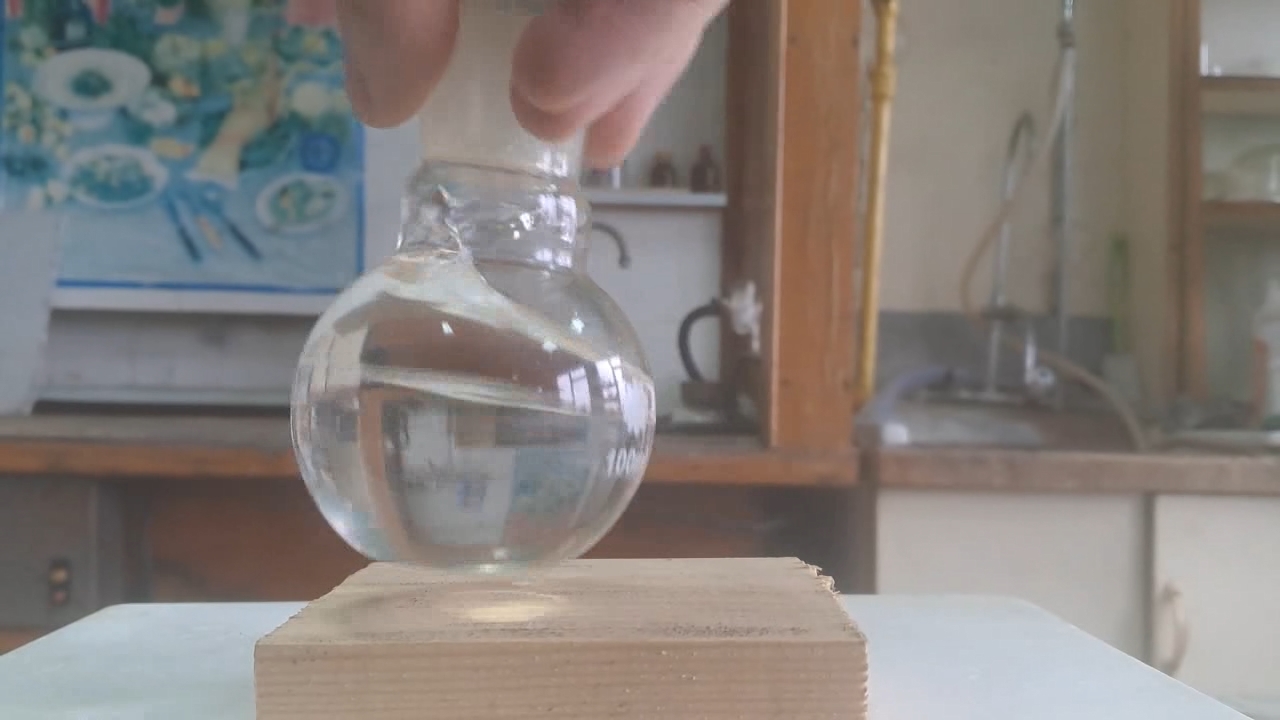
|

|
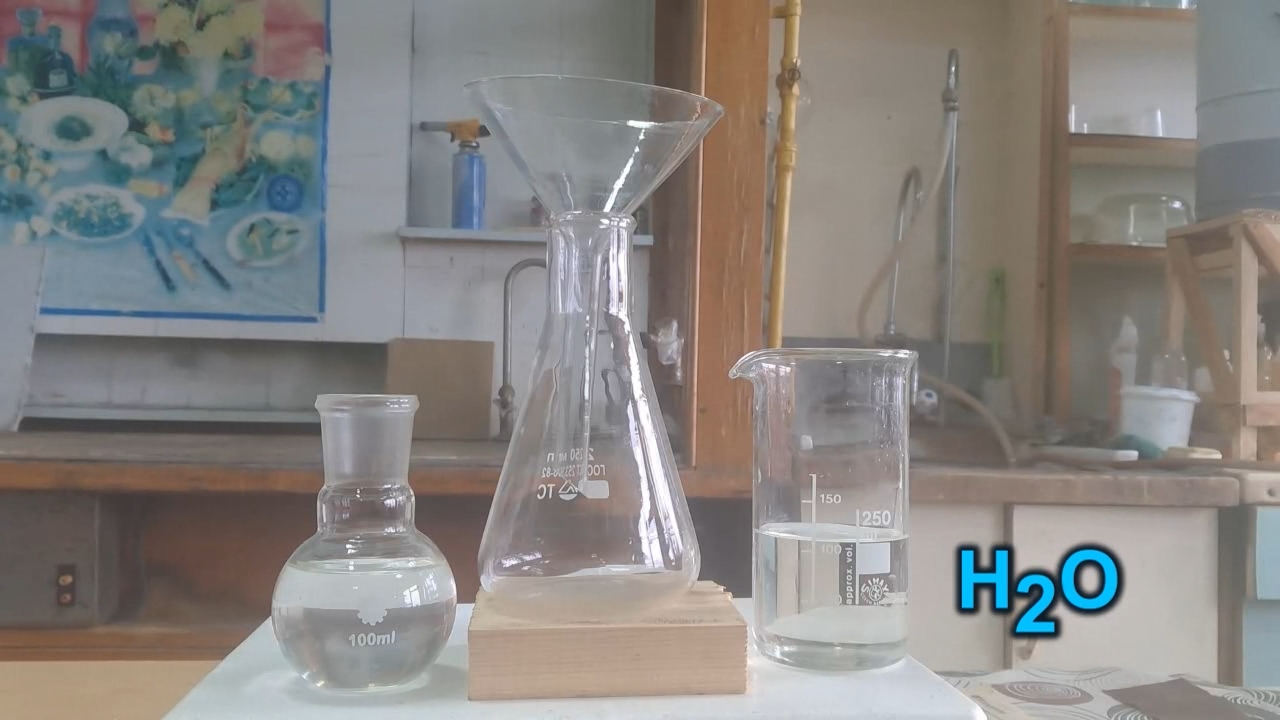
|
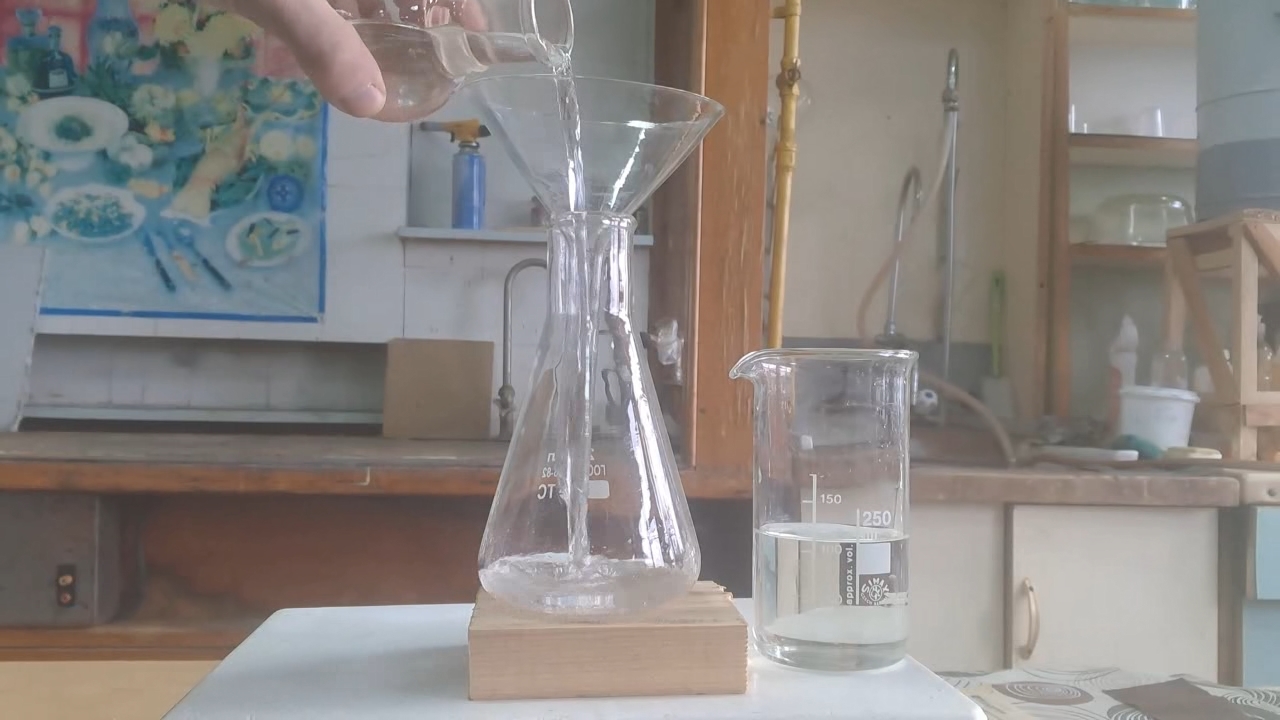
|
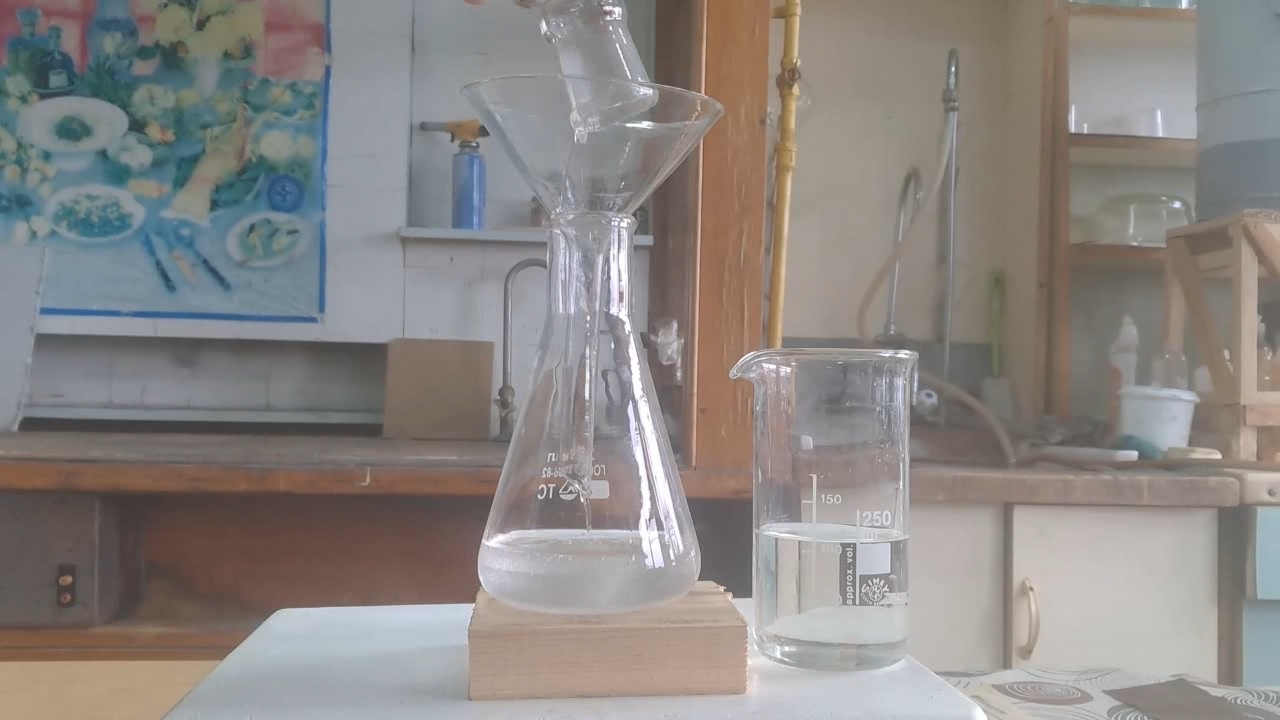
|

|
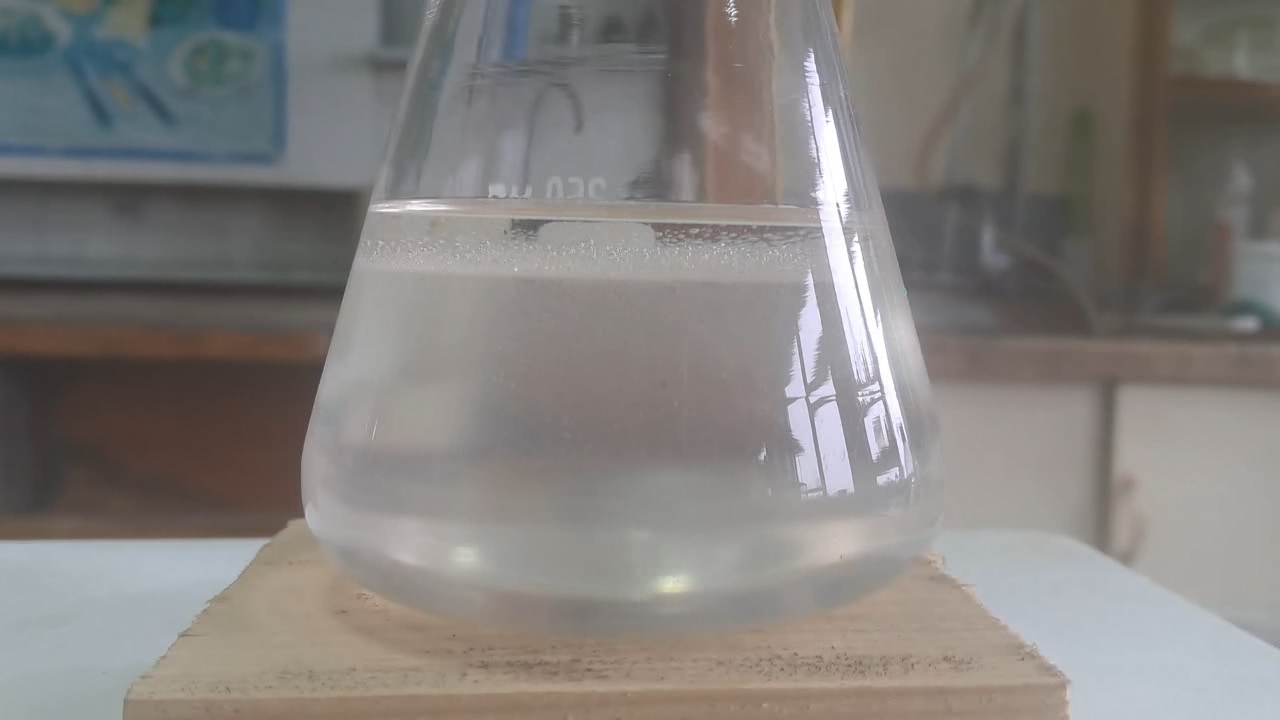
|
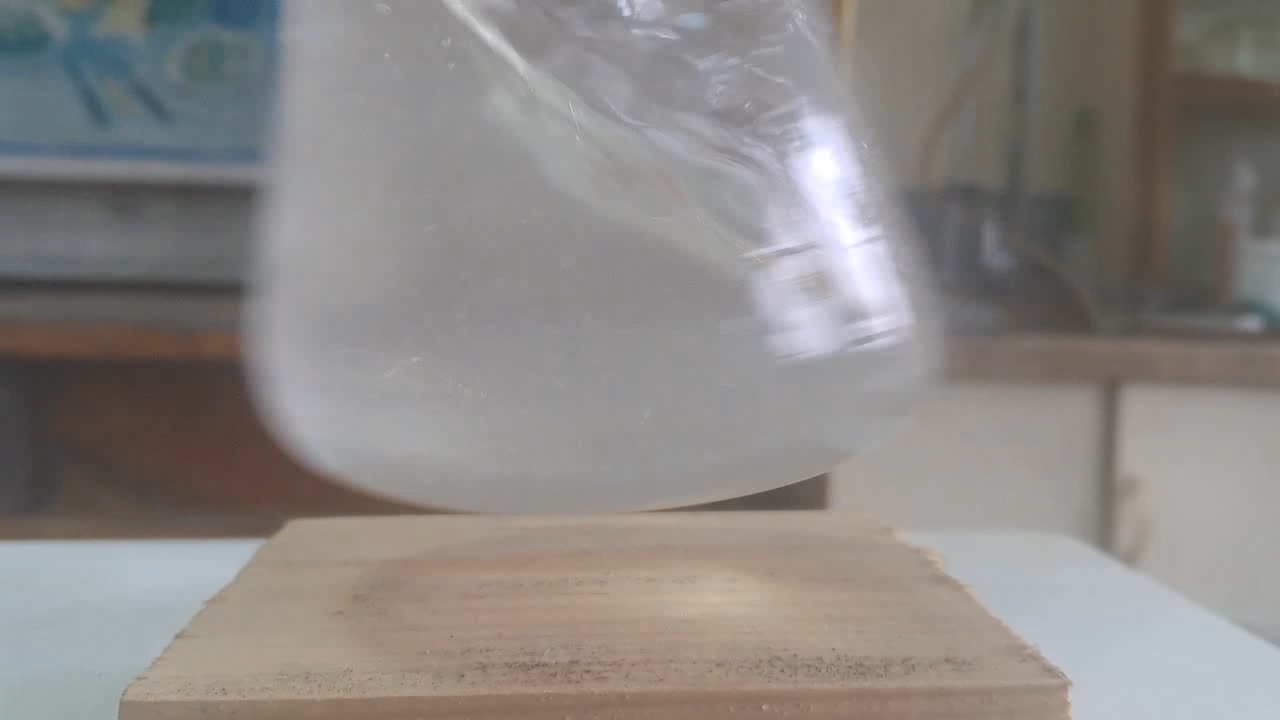
|
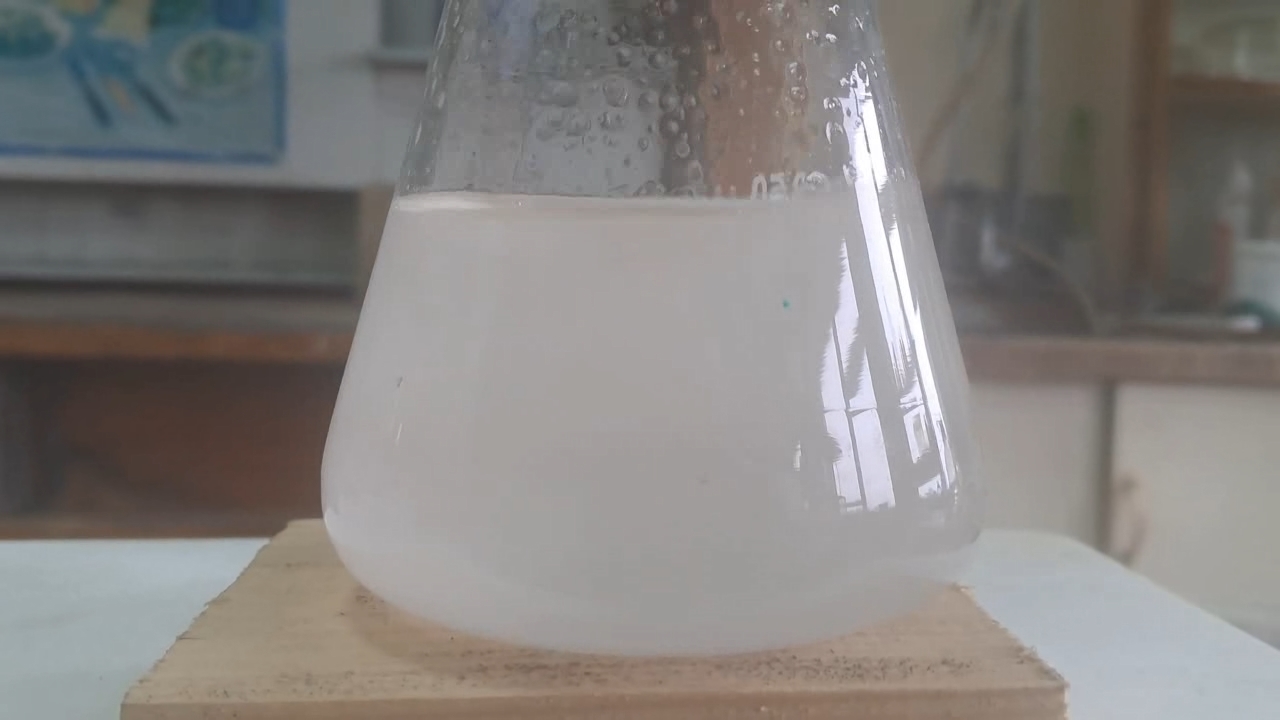
|
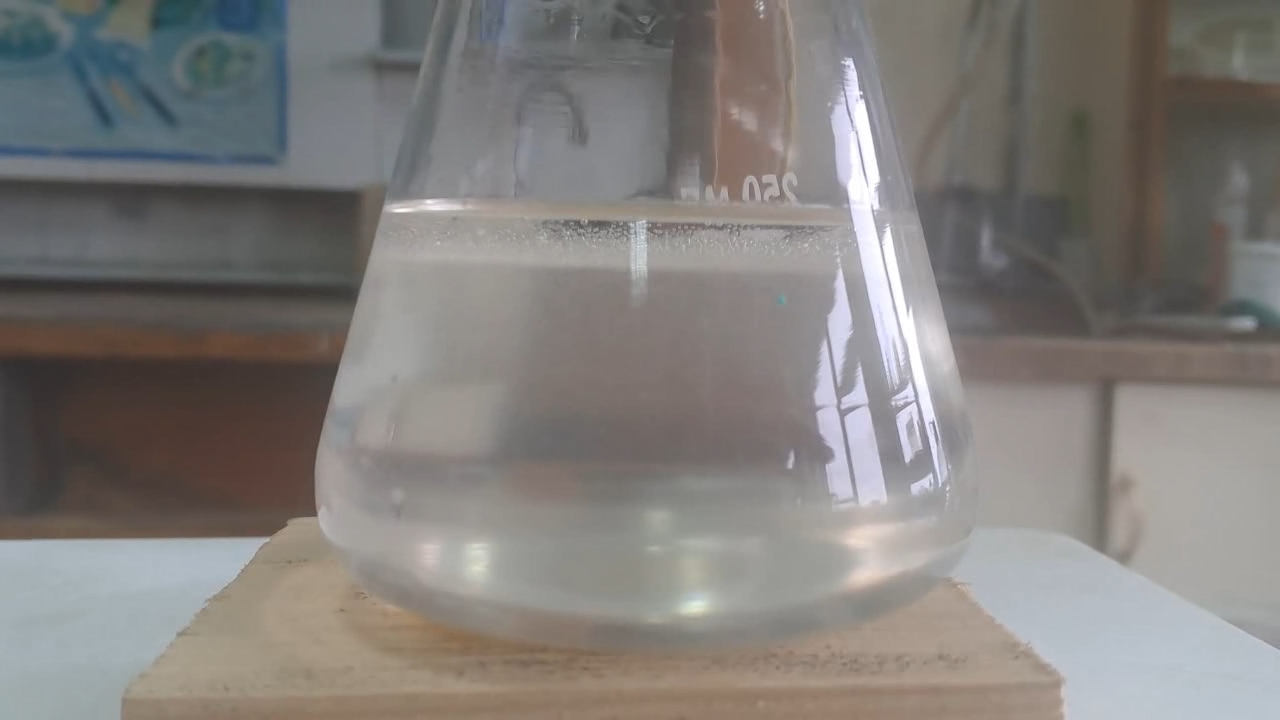
|
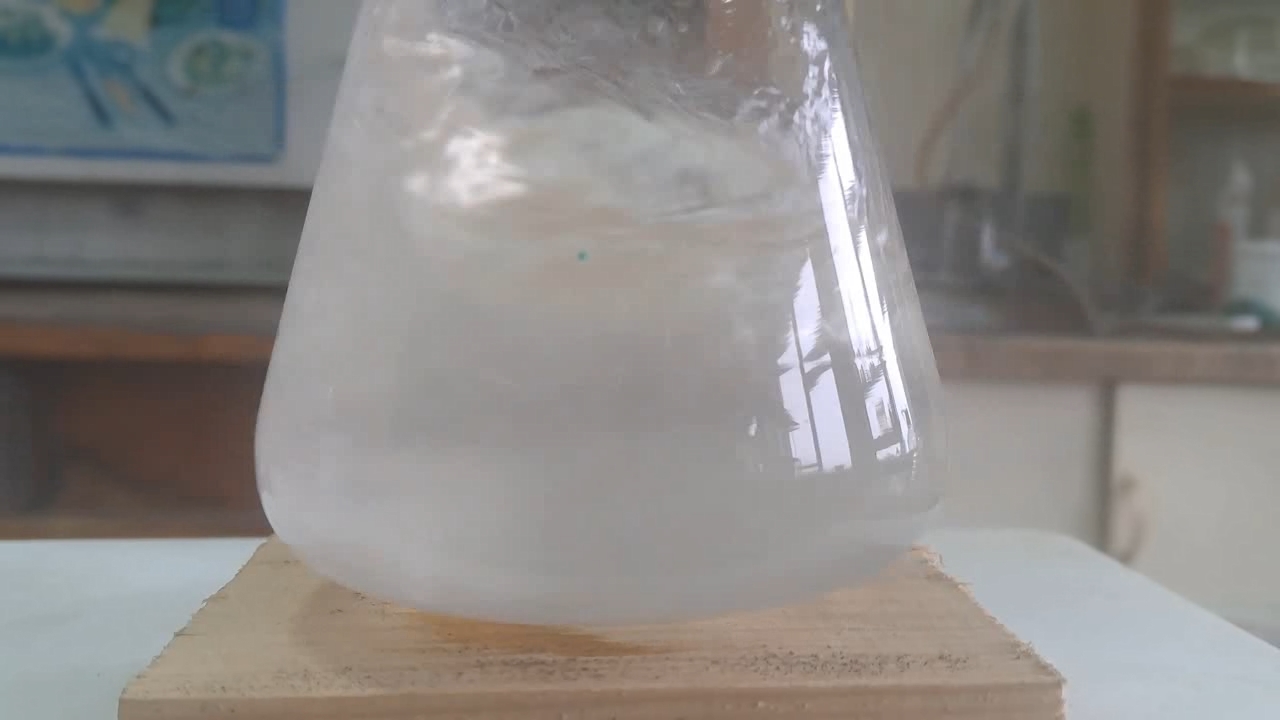
|
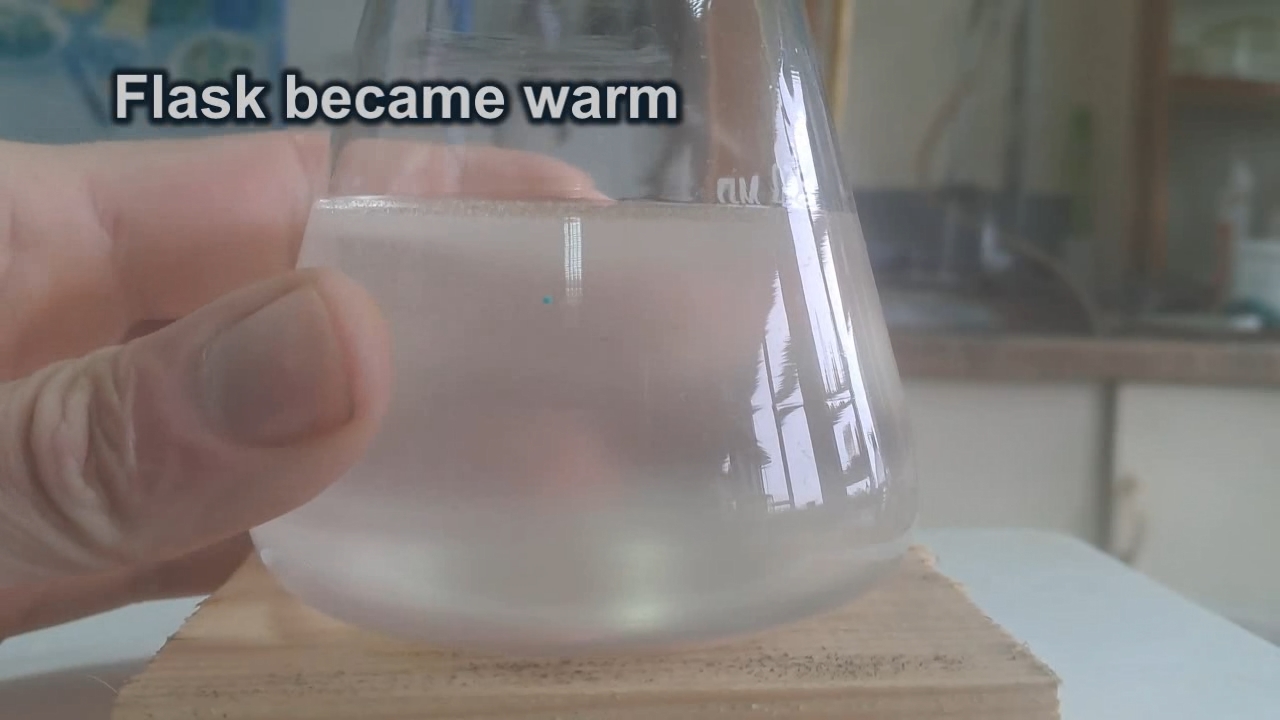
|
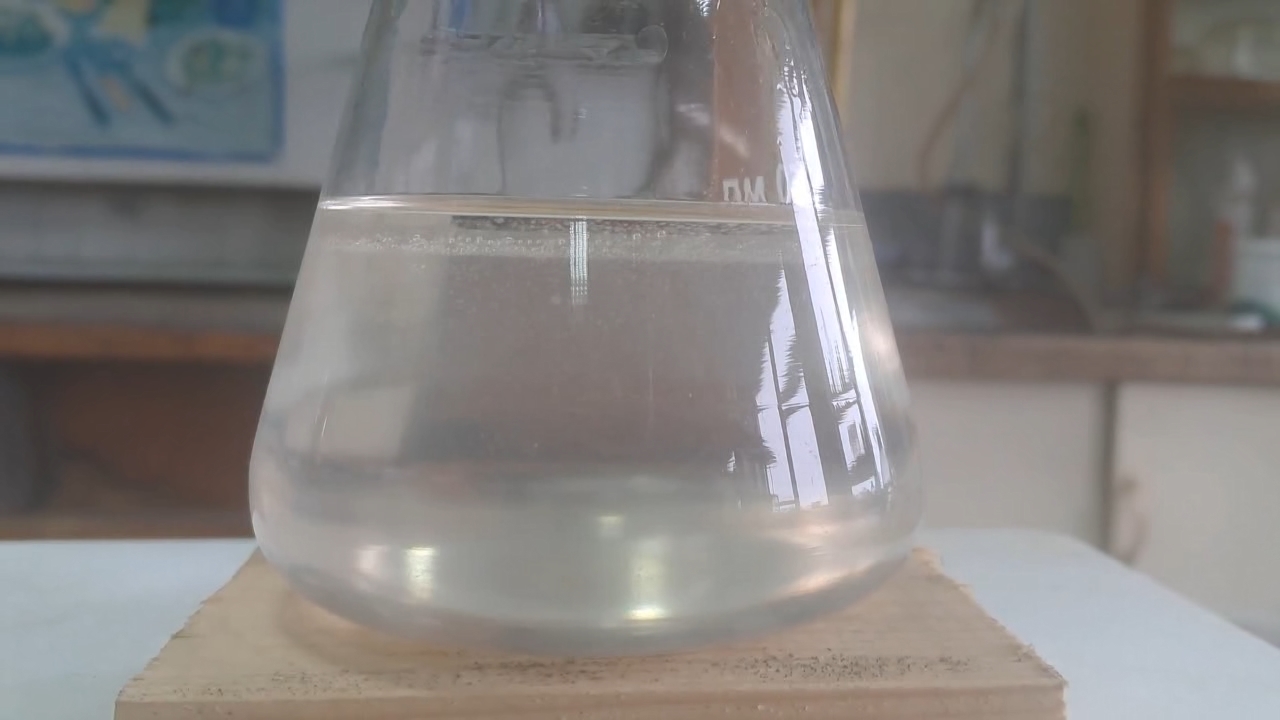
|

|

|
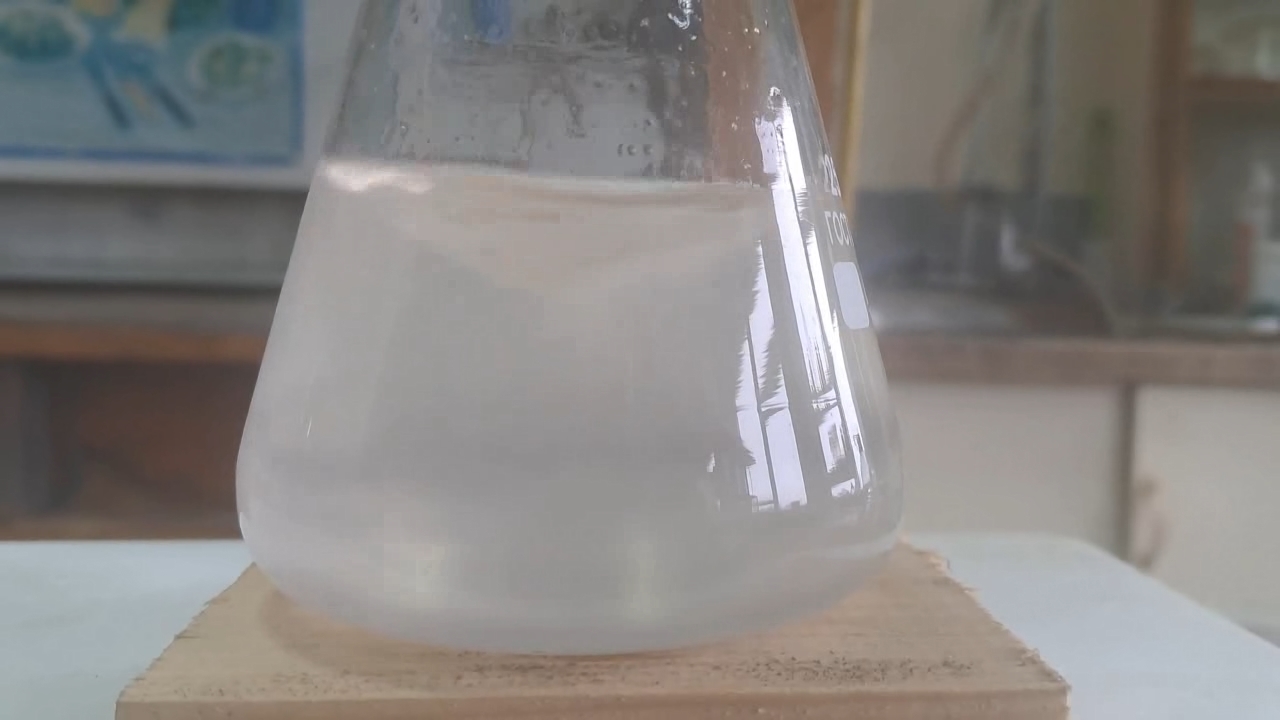
|
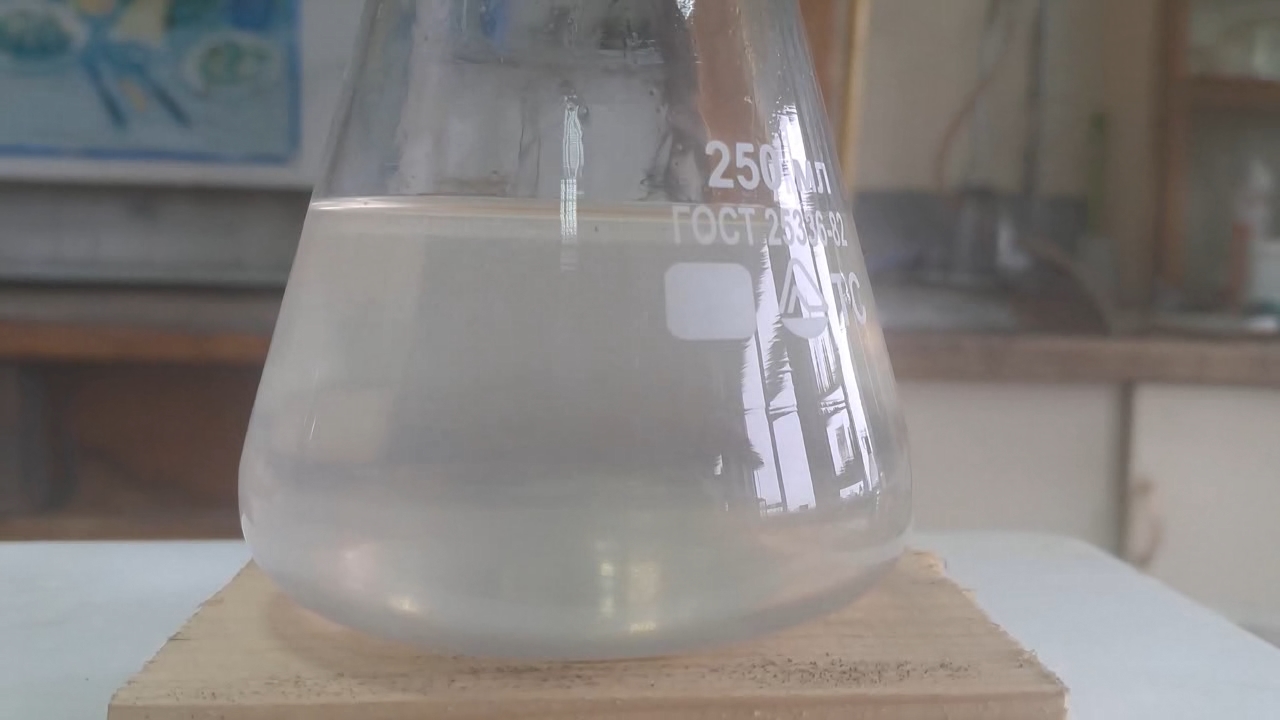
|
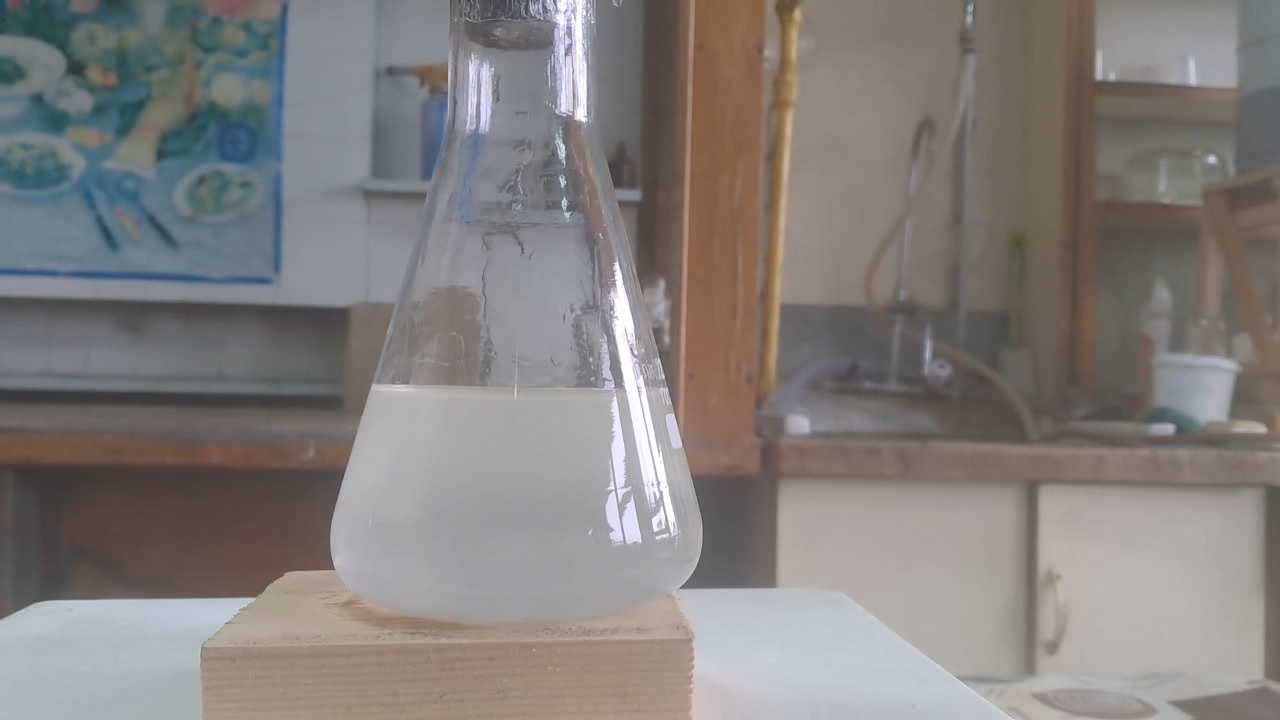
|
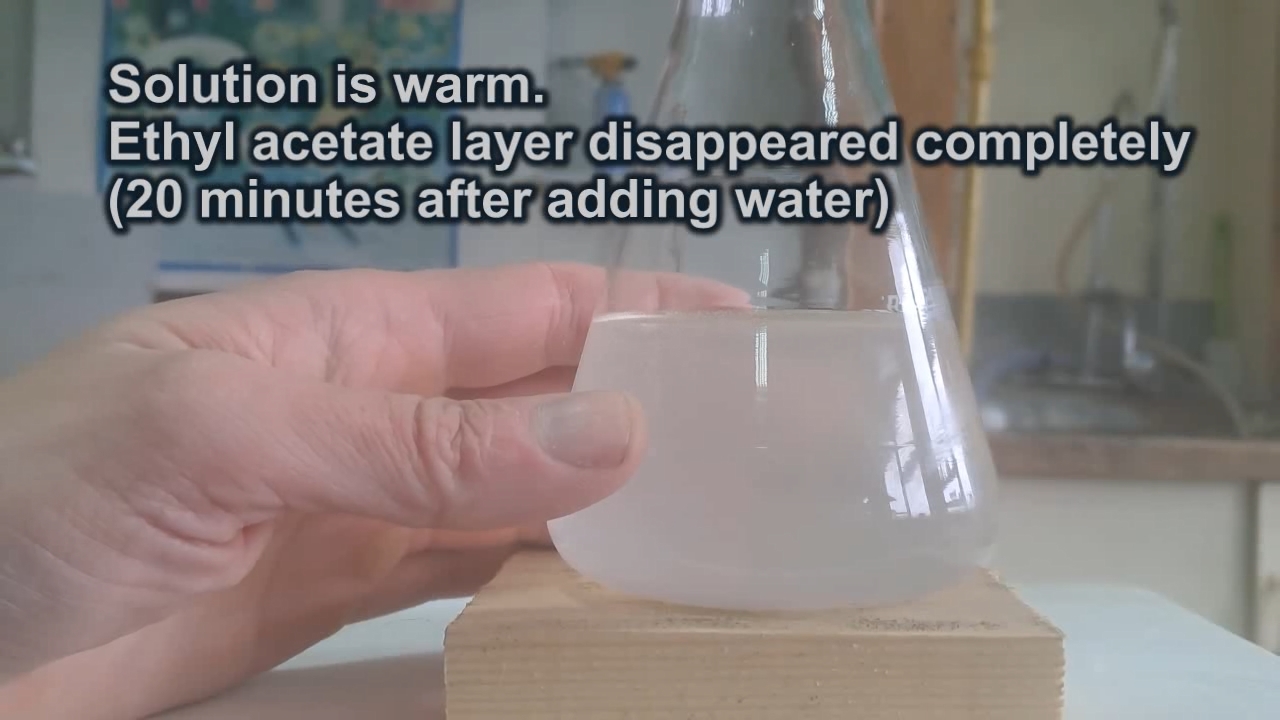
|

|